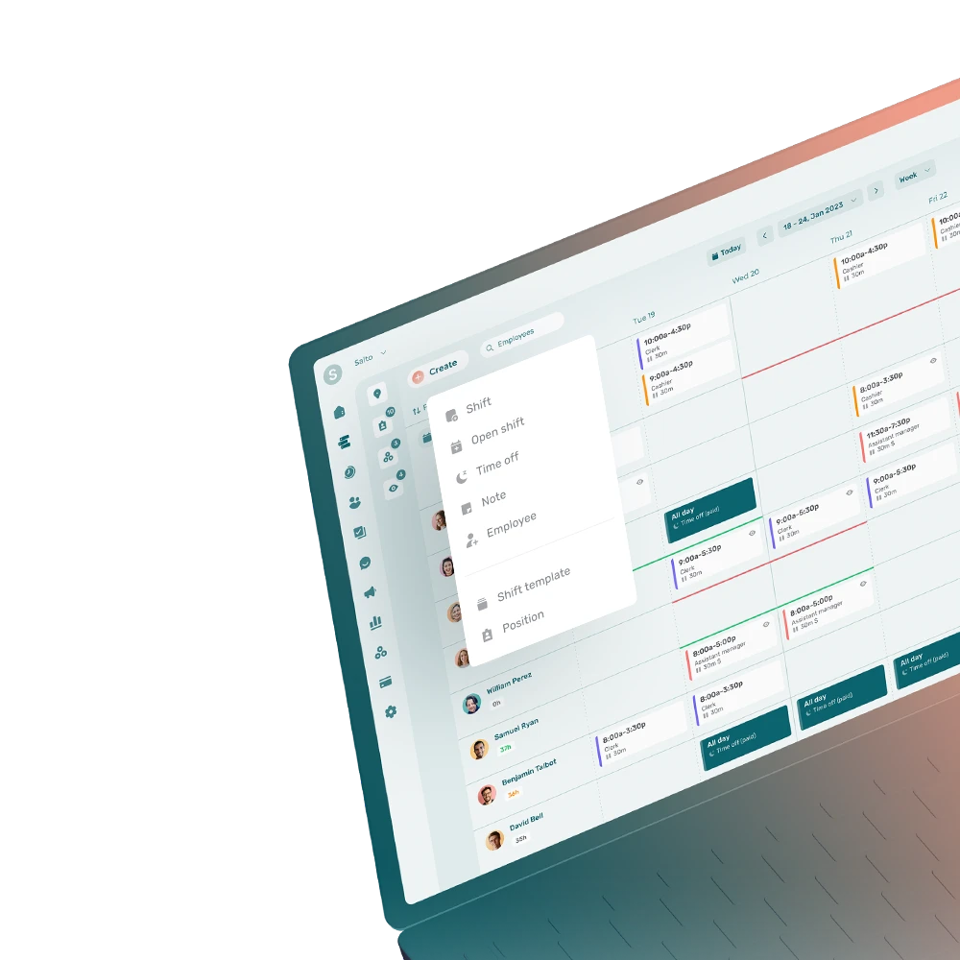Delayering is a management practice that involves reducing the number of managers in a company to improve business efficiency.
How Does Delayering Work?
When a company undertakes delayering, it tries to reduce the number of intermediaries, i.e. managers, between executives and the lowest-ranking employees.
Management positions are therefore reduced to a minimum within the company, with the aim of achieving a more horizontal hierarchy. Various tasks are grouped together and reduced to improve decision-making processes and communications. This management practice typically reduces a company’s management costs.
Why Do Companies Do Delaying?
Companies may delayering for a number of reasons:
- Adapting to changes in their industry or the economic context
- Reducing company expenses by cutting labor costs
- Making the company more agile by simplifying decision-making
- Adopting a horizontal hierarchy and reducing the number of decision-making levels
When Should a Company Start Delayering?
A company may resort to delayering when it finds that the organization’s agility and efficiency are reduced by too many levels of decision-making. In other words, if projects take too long to get off the ground because a multitude of approvals are required, delayering can be a good solution.
Delayering can also be used to adapt to a new economic context or to cope with major changes in an industry.
What Is an Example of Delayering?
An example of delayering is the removal of middle managers in an organization such as:
- The elimination of managers specific to each of a company’s branches in favor of a manager who looks after several locations at the same time.
What Are the Advantages of Delayering?
The benefits of delayering include:
- Improving communication within the company
- Reducing operating costs
- Simplifying the decision-making processes
- Making the organization more agile
- Adapting to industry changes
- Reducing the number of employees
- Increasing productivity and efficiency
- Increasing employee motivation and satisfaction
- Increasing employee autonomy
- Reducing bureaucracy
What Are the Drawbacks of Delayering?
Disadvantages of delayering include:
- Increasing the responsibilities of executives or managers
- Decreasing ability to make informed decisions
- Having a negative impact on employee motivation
- Reducing the number of promotion opportunities
- Increasing the risk of bad decisions
What Is the Difference Between Delayering and Downsizing?
Delayering refers to reducing the number of decision-making levels in a company, while downsizing refers to reducing the number of employees. Thus, delayering affects management positions, while downsizing affects positions that are seen as inefficient or redundant.








